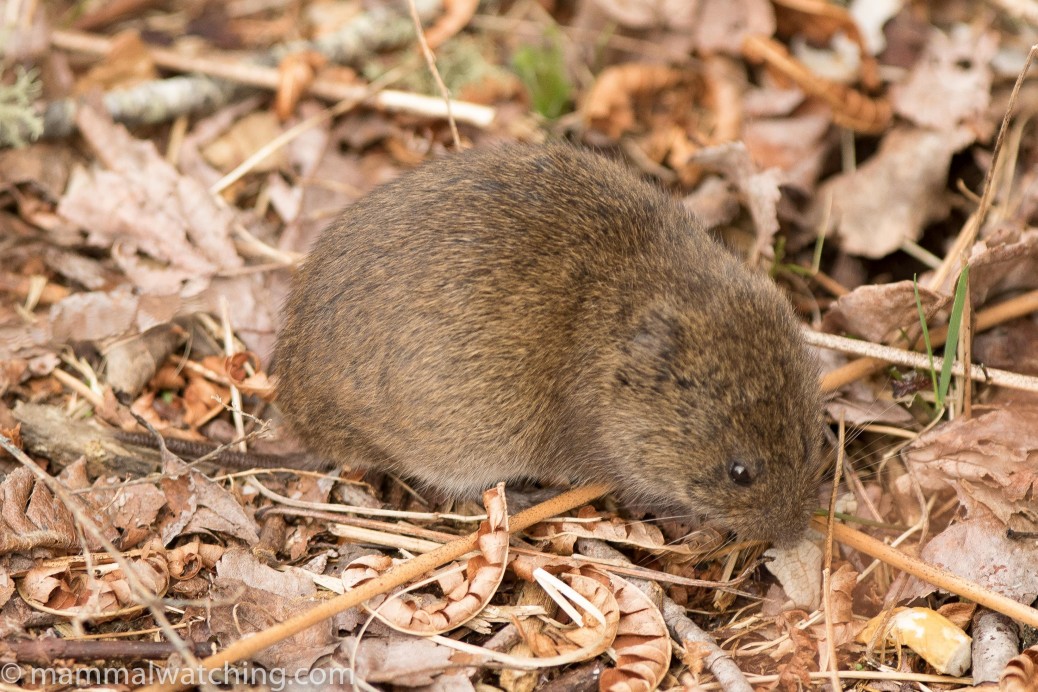
Rhode Island
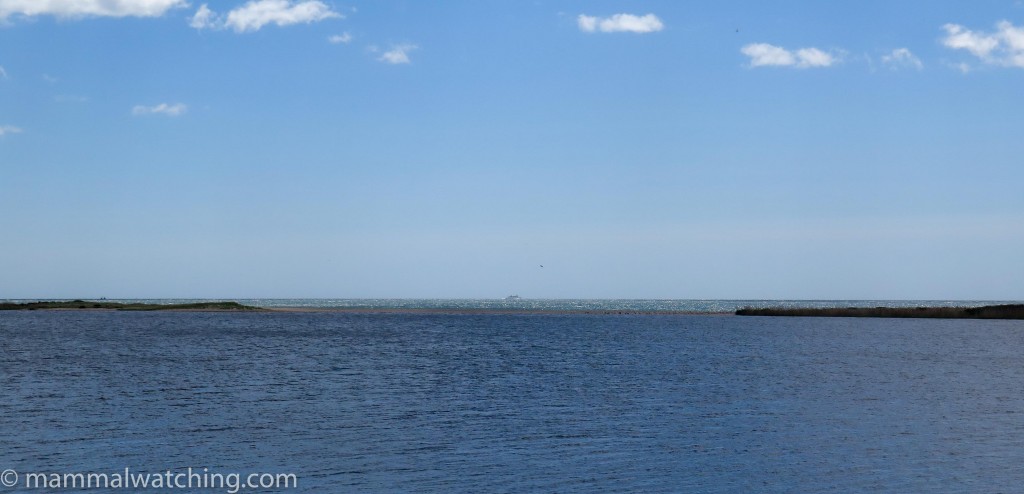
Trustom Pond, NWR
Trustom Pond, National Wildlife Refuge
In early May 2016 I was sent a picture of a Rhode Island rodent, which turned out to be a Southern Bog Lemming. A species I hadn’t seen. Apparently, there were heaps of them running around Trustom Pond National Wildlife Refuge. So a couple of weeks later I took a look for myself. I was very glad I did.
Trustom Pond NWR is a small area of meadowland, swampy forest and beach scrub on the Rhode Island Coast. Its also – or at least was in May 2016 – one of the best places I have ever been for small mammal watching, both in terms of biomass and diversity.
My main target were the Southern Bog Lemmings. And in the late afternoon (4 p.m. onwards) they were common at the end of the Otter Point Trail, and the last section of the Osprey Point Trail (after the intersection with the Maple Swamp Trail). I must have seen a dozen and heard many more. The very dry leaf litter made it particularly easy to hear stuff moving.
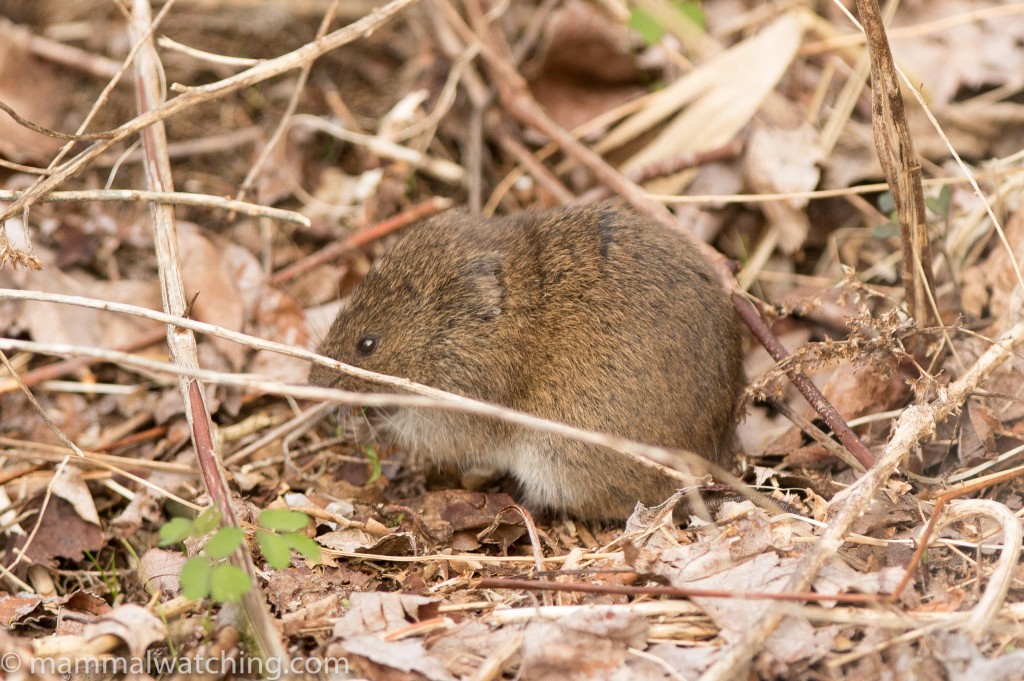
Southern Bog Lemming, Synaptomys cooperi
The lemmings were quite hard to photograph. But this animal spent a fair bit of time out in the open under the last viewing platform before the end of the Otter Point Trail.
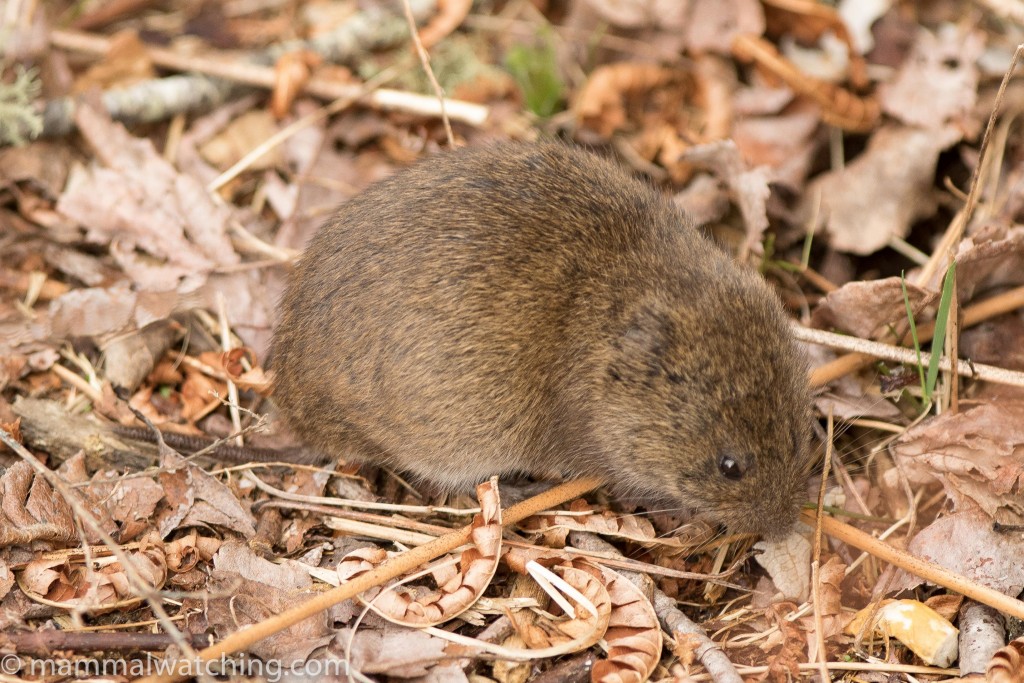
Southern Bog Lemming, Synaptomys cooperi
In the same area I followed something moving under the leaf litter and eventually got a glimpse of a small greyish shrew. I think probably a Smoky Shrew on the basis of size and fur colour.
Flushed with success I walked along the Red Maple Swamp Trail, which Vladimir Dinets’s book recommends is good for Southern Red-backed Vole.
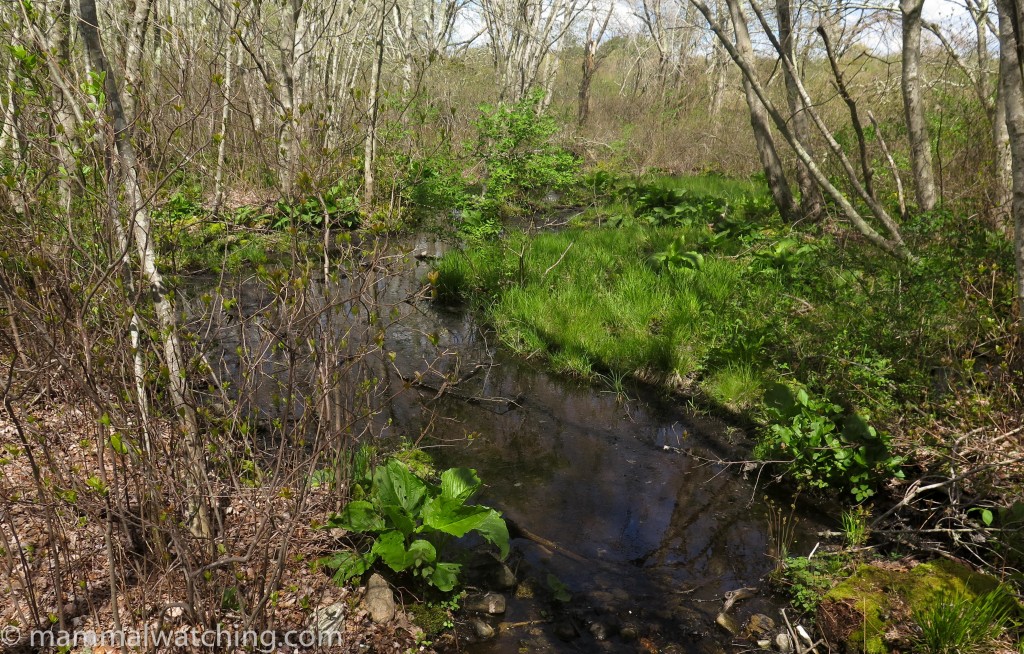
Red Maple Trail, Trustom Pond
I heard a bunch of stuff moving among the leaf litter, but the first species I saw well enough to identify was this cute little Meadow Jumping Mouse.
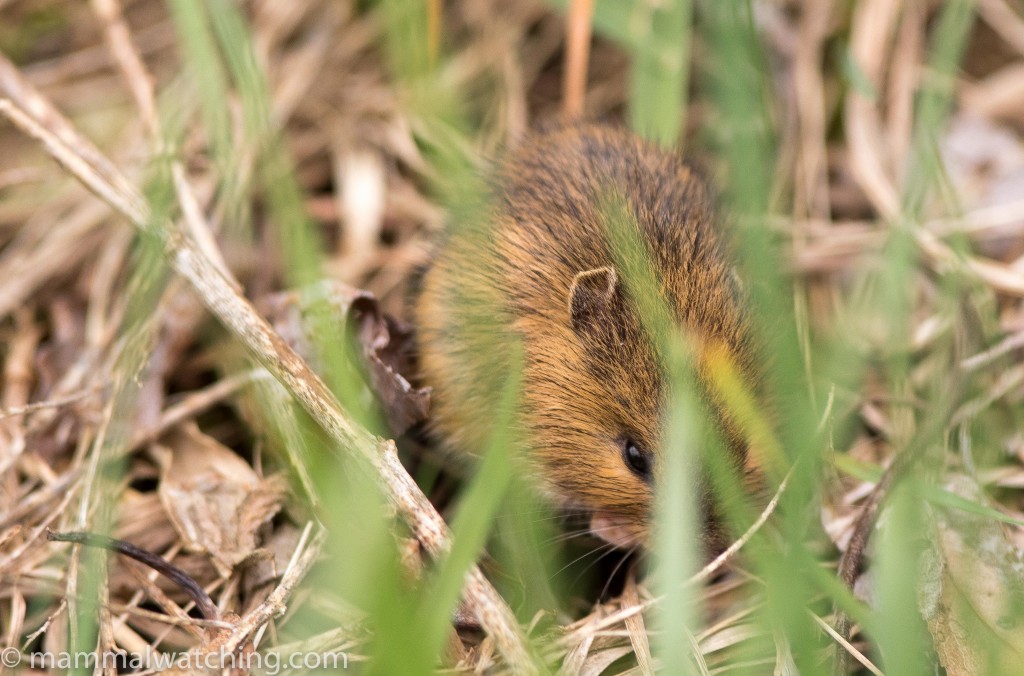
Meadow Jumping Mouse, Zapus hudsonicus
It was moving sluggishly among some long grass at the edge of the trail (in a more open patch of grassland about half way along the trail). I was able to approach very closely and got a good look at the tail to confirm it did not have a white tip, unlike Woodland Jumping Mice, which are also a possibility there. A second lifer for me. I saw another animal later that evening in the meadow closer to the start of the Otter Point Trail.
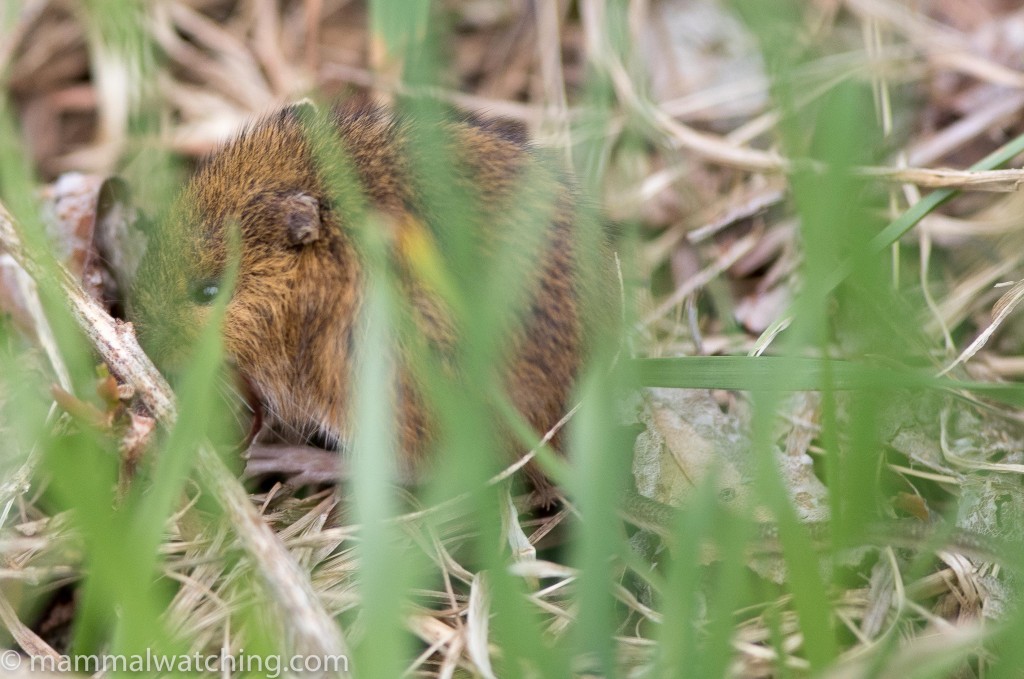
Meadow Jumping Mouse, Zapus hudsonicus
Further along the Red Maple Swamp Trail I had repeated, but brief, views of a small vole emerging from under a log and moving through the leaf litter. I suspect this was a Woodland Vole but I didn’t see it well enough to be sure.
I was at the end of the Osprey Point Trail at about 7 p.m. and a cottontail was sitting out on the trail.
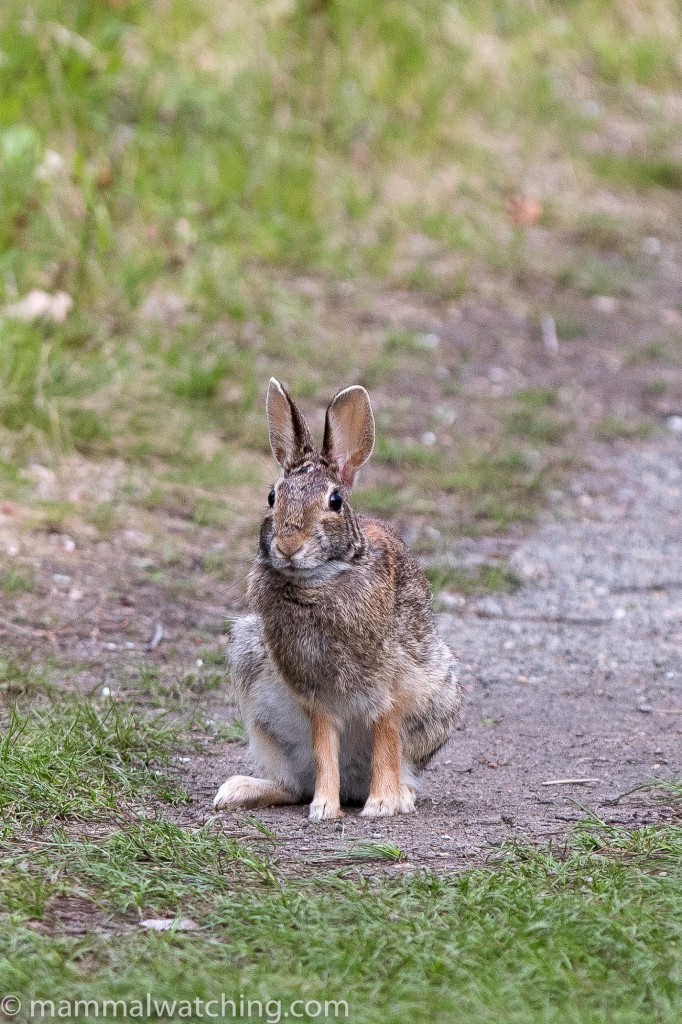
Cottontail species, Sylvilagus sp
I was told at the time that there are New England Cottontails in the reserve and this seems to fit all the criteria: smallish ears with a black leading edge and a black spot on the forehead (though there is also some white there too). But in 2018 Andrew Block’s research suggested the only New England Cottontails in Rhode Island are at Great Swamp Wildlife Management Area and (maybe) Ninigret. So this was more likely an Eastern Cottontail. The two species are extremely difficult tell apart from photographs.
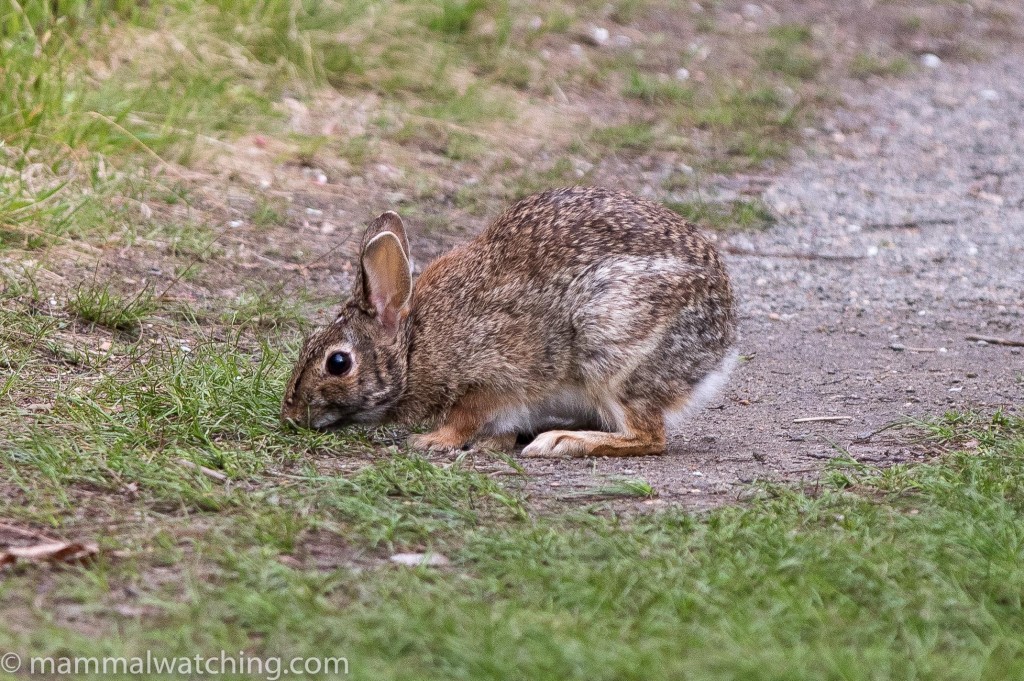
Cottontail species, Sylvilagus sp.
I returned to the reserve the next morning at 10 a.m. and spent a couple more hours there. I didn’t see many Bog Lemmings but, despite the strong wind, I heard a number of small mammals. It was, however, easier to see their vapour trails under the leaf litter than the animals themselves. In particular there were several Northern Short-tailed Shrews under the platform at the end of the Osprey Point Trail (they were too large to be any other shrew).
I also found this very confiding Red-backed Vole at the edge of the Otter Point trail close to the junction with the Maple Swamp Trail.
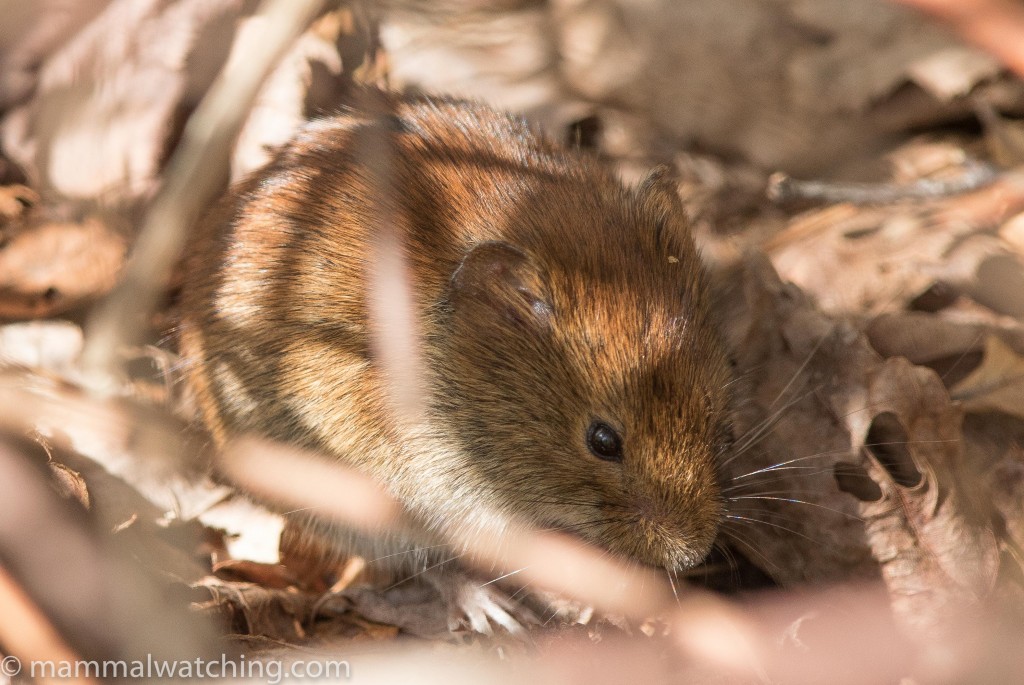
Southern Red-backed Vole, Clethrionomys gapperi
A beautiful thing and my third new species for the weekend.
What a great spot for small mammal watching: I wonder if it is always this good? In addition to these five or six species, I saw White-tailed Deer and Eastern Chipmunks through the reserve, and Grey and Red Squirrels on the bird feeders at the entrance. Fishers are seen in the reserve sometimes too.
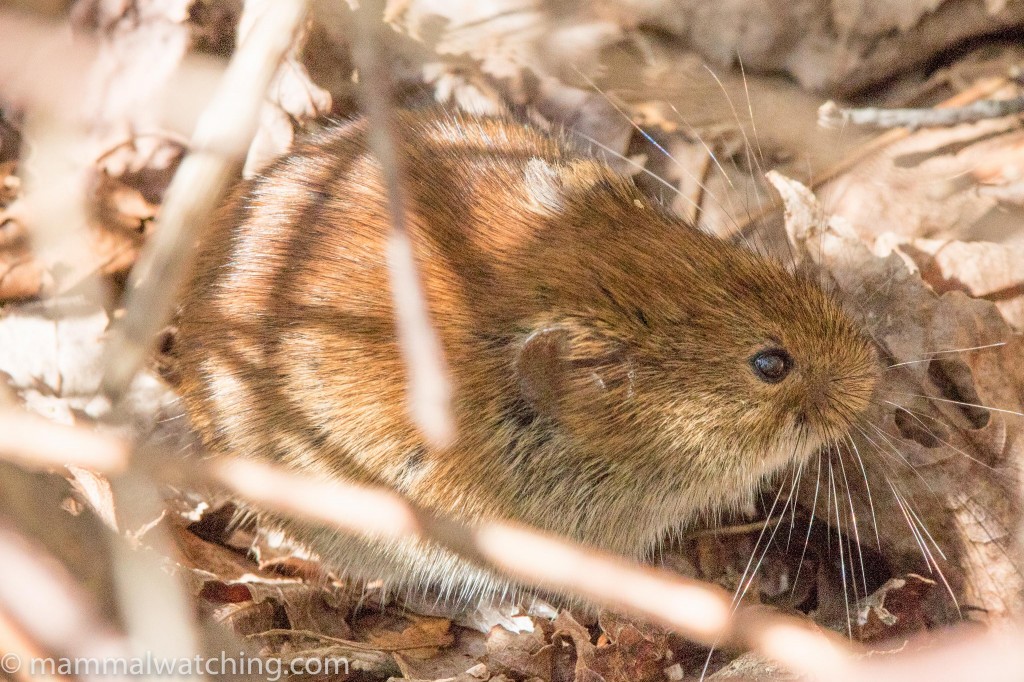
Southern Red-backed Vole, Clethrionomys gapperi
Community Reports
Trustom Pond, 2020: Andrew Block’s report of a few hours there with 4 species including a Meadow Vole.
Colorado and New England, 2019: Samuel Marlin, a few days & 28 species including New England Cottontail, Moose and Bighorn Sheep.
New England, 2017: Venkat Sankar’s notes from a few short trips, with species including Porcupine, Mink, Southern Flying Squirrels and Meadow Jumping Mice.
USA, 2016: Samuel Marlin, several trips & 25 species including Moose and Southern Bog Lemming in New England, and Kit and Island Foxes in California.
Trustom Pond, 2016: Venkat Sankar, a few hours with species including Red-backed and Woodland Voles, Southern Bog Lemmings, Meadow Jumping Mice and New England Cottontails.
Trustom Pond, 2016: Adam Walleyn’s report (look in the middle of his blog post under the beaked whale pictures) of an afternoon at Trustom Pond, with species including Smoky Shrew and Star-nosed Mole.
Also See
New England Cottontails in Rhode Island (May, 2018)


Leave a Reply
You must be logged in to post a comment.